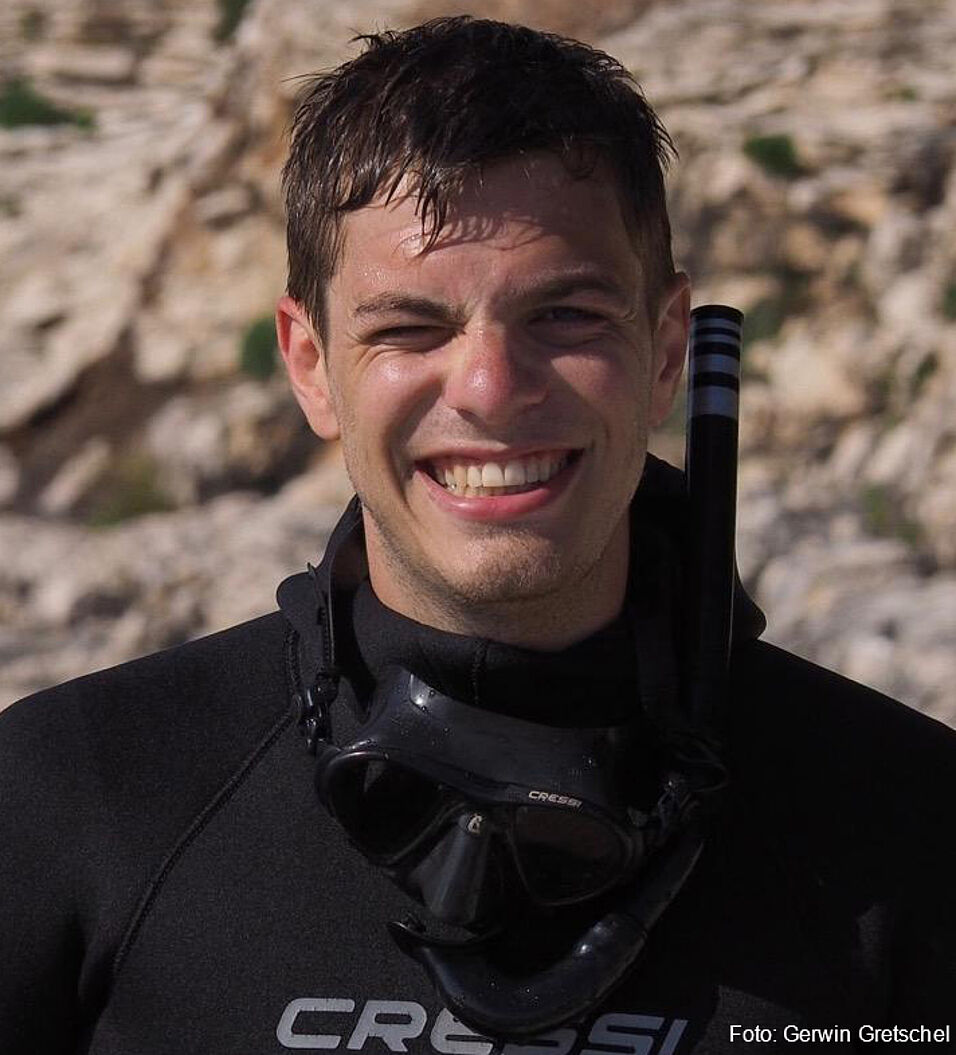PhD Student (Adv. Thomas Schwaha)
Unit for Integrative Zoology, Department of Evolutionary Biology
University of Vienna
Abstract
An endolithic lifestyle within mineralized substrates has many advantages and evolved multiple times in various different phyla. This lifestyle also evolved multiple times within the benthic suspension feeding phylum Bryozoa. All endolithic bryozoans belong to the paraphyletic ctenostome gymnolaemates and colonize predominantly shells of living and dead molluscs. The family Penetrantiidae includes one genus with approximately a dozen species. Based on the presence of an operculum and other morphological characters, the genus Penetrantia was debated to be either a ctenostome or cheilostome bryozoan. The most recent, comparative morphological analysis dates back to the 40ies’ of the last century. Consequently, the aim of this study is to analyze the morphology of the genus Penetrantia with more modern methods such as confocal laser scanning microscopy combined with immunocytochemistry and serial sections complemented with 3D reconstruction techniques. Penetrantia cf. parva and P. concharum were analyzed in the current investigation. First data on the musculature associated with the operculum and the digestive tract show strong similarities to other ctenostome bryozoans. Together with the lack of cheilostome apomorphic characters, such as vestibular glands, our results show a closer relationship to ctenostome rather than cheilostome bryozoans. Molecular analyses are currently being undertaken to confirm this hypothesis.
Furthermore, information on the life history of this intriguing bryozoans are very scare and future field work should gain more data on larval behavior, substrate preferences as well as more details about the mechanisms of colony formation within mineralized substates.

